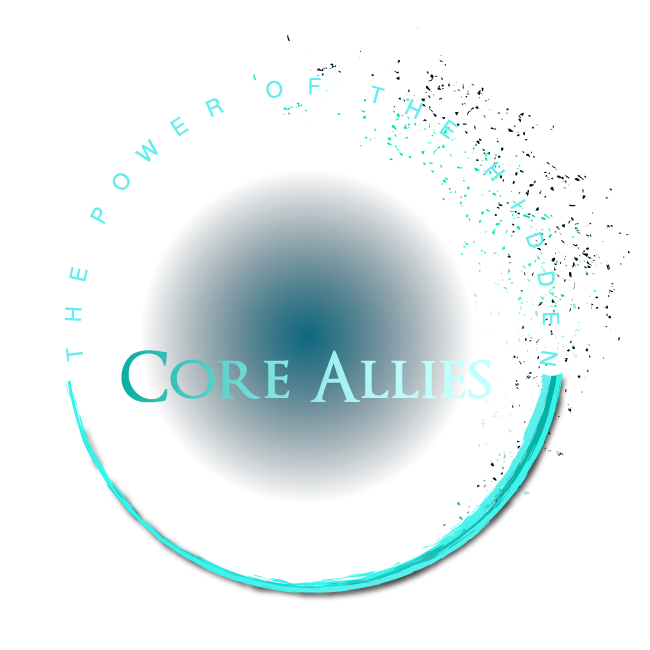Global Organizations
Tanzania, 1999.
Does your organization continue to take actions out of habit that no longer serve it?
We tend to think of animals facing each other in groups in order to connect. But elephants in the wild stand rump to rump. On the savanna the most important action is to fend off predators, which can be done by protecting their vulnerable rear-ends. This habit can still be seen in elephants in urban zoos, long after the threat of the wild has subsided. Similarly, organizations can enact patterns long after their usefulness subsides, which can block their ability to adapt to changing environments and become more flexible or entrepreneurial.
United States, 1993.
Can your current organization deliver on your strategy?
How do things get done in your organization? Does that support the current strategy? I have helped large bureaucracies shift to a faster speed to market, embrace responsible risk, push decisions to the person who has the most information, and move away from a top-down culture. I have also helped companies shift from a fixed mindset to a growth mindset where they experiment in responsible ways.
In addition to the normal business procedures, an organization often has an unofficial network, like the spider’s web, which is part of its corporate culture. This culture is its basic personality, determining how its people interact and work. and it is in here that hidden blockers often reside. A culture is neither good nor bad, and it rarely changes quickly. It evolves over time, mostly through gradual shifts. Instead of calling for blanket ‘culture change’, I work with clients to see precisely what would need to be changed for success - process, responsibilities, focus, resources — and find ways to implement changes in a sustainable way that delivers real impact.
How can we grow without losing the entrepreneurial spirit?
At a certain point, fast growing companies need to create processes and controls, improve efficiencies, and become more focused. This scaling doesn’t have to be a difficult process. Like this school of fish, you can grow without losing what’s important to your success.
I often work with start up companies that have a sound proof-of-concept, have taken or are about to take institutional money, and need to set up some processes as they scale. We work to understand what stays and what goes, and also who stays and who goes. We focus on key people and how they want to develop their roles in the context of the need for continued business delivery, as well as the emerging corporate culture. Taking time early on to understand the hidden elements of emerging organizational culture can have seismic impact, as it often highlights potential landmines that are difficult to avoid once the organization is in full scale-up mode.
China, 2018.
Iceland, 2001.
Is your organization facing a crisis?
When working with C Suite clients of organizations facing a crisis, I act as a trusted advisor based on my extensive experience. I help them cut through the fog that can obscure their vision, and I ask the questions that reveal the hidden blocks standing in their way as they take actions to deal with the challenge. A leader’s actions have flow-on effects as they radiate out through their organization, and uncovering unconscious factors that trip up leaders can have immense impact on the organization at large.
Case Studies
What happens when your organization hits a crossroads?
I worked with a global organization making the shift to be more entrepreneurial and push decision making down to the person with the most information. The internal perception was that this culture shift had already happened, but the business results did not reflect such a change. It turned out that embedded, unconscious, behaviors were still rampant in the organization. For example, one powerful leader verbally encouraged risk taking, but severely reprimanded mistakes; managers still sought permission rather than taking responsibility.
I worked with the organization to understand and uncover the unconscious behaviors and expectations that were sabotaging the intended culture change. It involved partnering with leadership - at times communicating difficult messages from down the organization about their experience of leaders, at times working to push junior managers to take greater responsibility for decision-making. Together we were able to turn a corporate desire for change into actual change, and get a number of key innovations out the door.
United States, 1980.
Jamaica, 1995.
Global vs local: how do we settle the fight?
Working with a European CPG client struggling to bridge the divide between global and country marketing heads, I asked the question “In this global world, how can we benefit from the scale and reach of global media and trends, without losing the tailoring of local programs and insight?” I worked with each key country leader to understand their frustrations and needs from the global headquarters before facilitating a joint session with global heads. We isolated the key friction points - where global needed to take the lead vs where local needed the ability to tailor campaigns to local market dynamics. We also dealt with the thorny issue of how smaller countries could ever be heard without the financial scale to demand an audience.
By establishing new ways of working, and mechanisms for conflict resolution, we significantly improved the relationship between global and local teams. Instead of working as combatants they unified behind a common vision. Perhaps more importantly, we secured increased consumer satisfaction and net promoter scores, as well as significantly increased sales.






